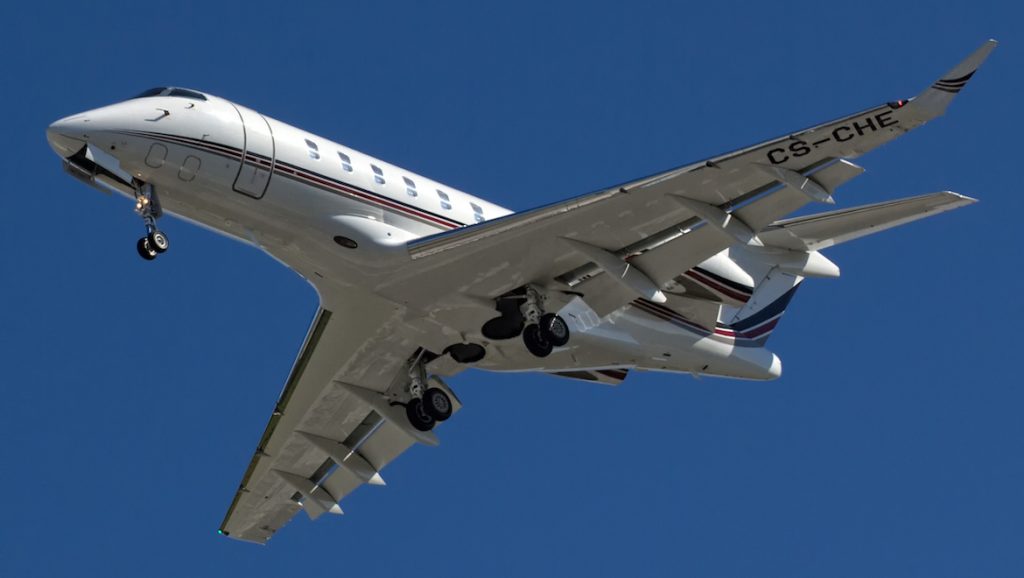
Worldwide business jet deliveries fell 20.4 per cent in 2020, though saw an uptick in the last quarter, according to the General Aviation Manufacturers Association.
The impact of the COVID-19 pandemic saw deliveries fall to 644 aircraft for the year, down from 809 deliveries in 2019.
However, according to the association, the business jet market was cushioned for much of the pandemic, and saw a sharp rebound in the final quarter of the year, as people favoured smaller, private aircraft over traditional commercial flights.
The largest international market for business jet deliveries was North America, making up 66 per cent of all deliveries for the year, followed by Europe, which made up 16. 7 per cent.
Chief executive of Embraer’s executive jets division, Mike Amalfitano, said, “Behaviours are changing. The buyers are no longer asking the questions that they would have normally asked about the aircraft in terms of performance.
“They’re focused on how clean it is. They’re focused on the air quality.”
The data reported by GAMA showed that deliveries of piston aircraft held steady year-on-year despite the crisis, however turboprop plane deliveries saw a decline of 15.6 per cent in 2020.
Total reported aircraft deliveries reached a value of $22.8 billion, an 18.0 per cent decrease compared with $27.8 billion in 2019.
Meanwhile, helicopter deliveries fell 17.7 per cent in 2020 compared with 2019, with total billings down 16.2 per cent to $2.7 billion, from $3.2 billion the year prior.
“As expected, in 2020, the COVID-19 pandemic negatively impacted general aviation and stifled the industry’s growth,” GAMA president and chief executive Pete Bunce said.
“While we continue to face headwinds globally, all signs point to strong demand for our products and services that are unfortunately being constrained by pandemic induced supply chain limitations and a vast array of disjointed barriers to air travel across national borders.”
Bunce added that it was “encouraging” to see the business aviation segment report a “solid rebound” in the fourth quarter of 2020.
“In 2021, it will be important for the general aviation industry to work together with our commercial sector colleagues to keep our interlinked but very fragile supply chain secure, while continuing to engage global regulatory authorities to leverage their mutually recognised safety competencies to keep pace with accelerating technological innovations that improve aviation safety and environmental sustainability and facilitate industry recovery,” he concluded.












